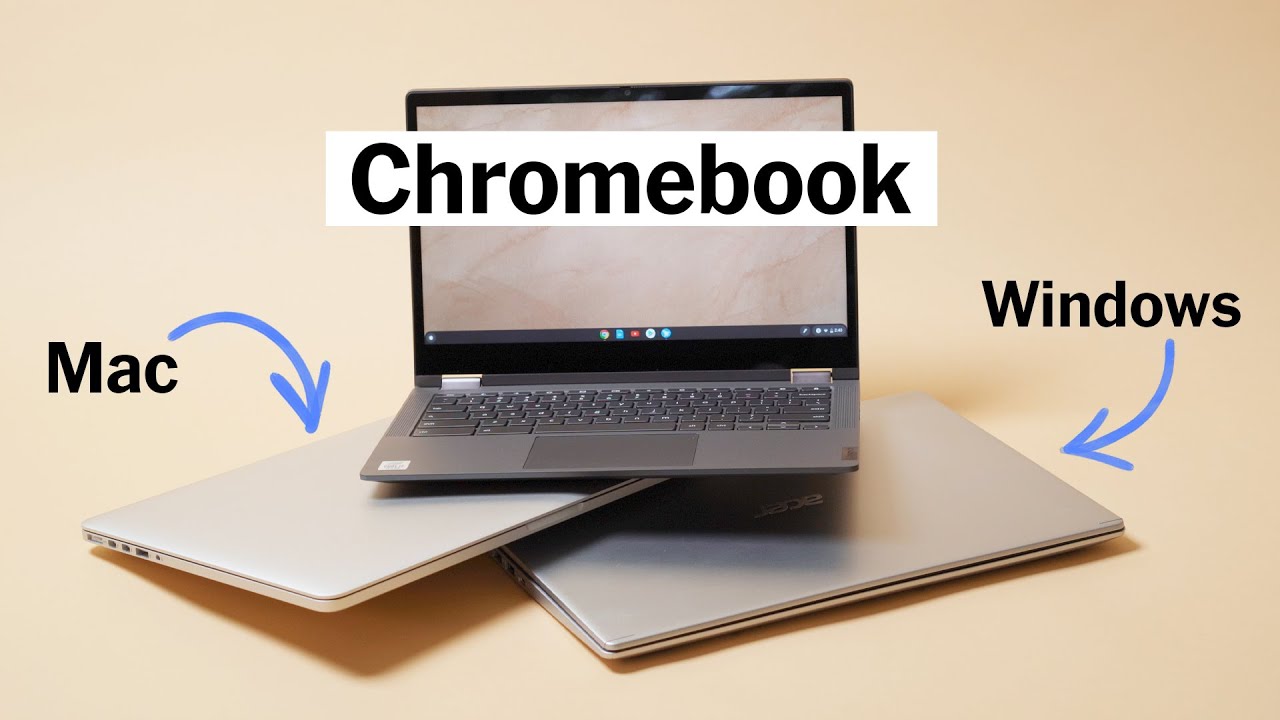Choosing a laptop can be daunting with the abundance of options, Comparing Chromebooks vs Mac vs Windows Laptops. In this analysis, we explore the strengths and weaknesses of each to help you make an informed decision.
Comparison: Chromebooks vs. Macs vs. Windows Laptops
| Feature | Chromebooks | Macs | Windows Laptops |
|---|---|---|---|
| Operating System | ChromeOS | macOS | Windows OS |
| Pricing | Budget-friendly | Premium pricing | Wide range of prices |
| Security | Built-in safeguards, automatic updates | Secure boot mechanisms, FileVault | Windows Defender, BitLocker |
| Software/Apps | Primarily web applications | Extensive software ecosystem | Vast array of software compatibility |
| Hardware Diversity | Limited options | Limited options | Wide range of form factors, specifications |
| Customization | Limited | Limited | High degree of customization |
| Compatibility | Limited software compatibility | Limited software compatibility | Extensive software compatibility |
| User Experience | Simple, cloud-centric | Seamless integration with Apple ecosystem | Versatile, customizable |
| Battery Life | Long-lasting, energy-efficient | Varied | Varied |
Chromebooks: Affordable Simplicity with Enhanced Security
Chromebooks offer affordability, simplicity, and robust security with ChromeOS. They excel in cloud computing, making them ideal for various users. However, reliance on web applications may limit versatility.
Macs: Premium Build Quality and Seamless User Experience
Macs boast premium build quality, elegant design, and seamless integration with the Apple ecosystem. They offer top-notch security but come at a higher price point.
Windows Laptops: Versatility and Customization for Every Need
Windows laptops provide versatility and customization options, catering to diverse user needs. They offer compatibility with a wide range of software but may face stability issues.
Conclusion: Comparing Chromebooks vs Mac vs Windows Laptops
The choice between Chromebooks, Macs, and Windows laptops depends on individual preferences, budget, and usage scenarios. Each category offers unique features, so consider your needs carefully before making a decision.
